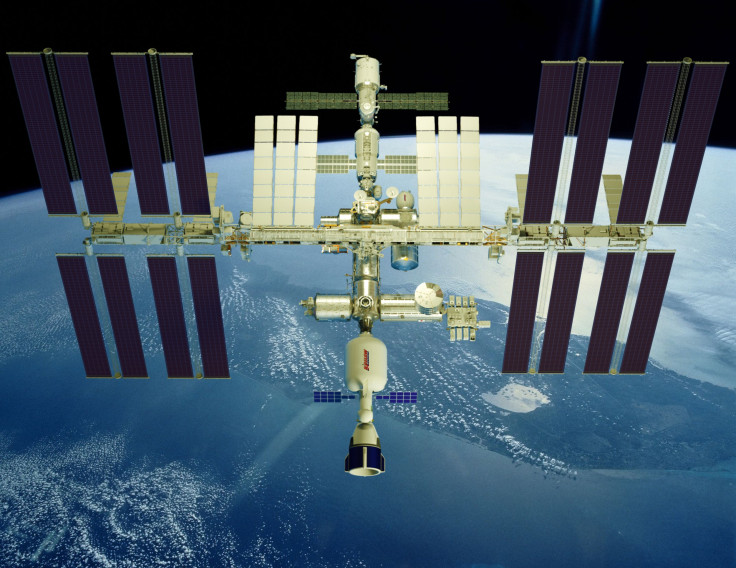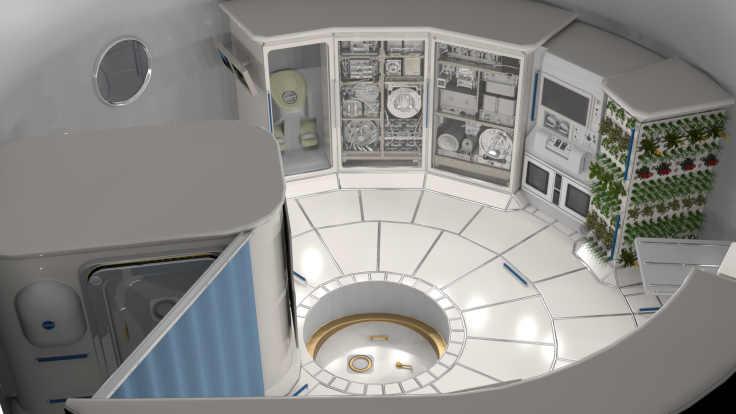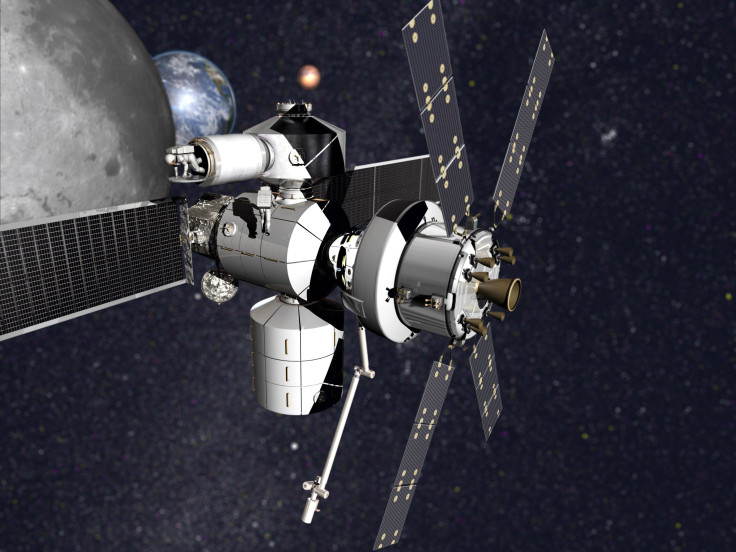NASA Selects Partners For Development Of Deep Space Habitats

NASA wants to kickstart its deep-space missions sometime in the 2030s by sending humans to Mars. However, a trip to the red planet using current propulsion technologies can take up to eight months, during which astronauts need to be able to survive the extremely hostile environment of the cold and dark beyond, which, if things go wrong, can kill them in the blink of an eye.
In order to ensure that humans survive the grueling journey, NASA has long been trying to design and develop deep space habitats and systems. On Wednesday, in another step toward this effort, the space agency announced that it had selected six companies as part of its Next Space Technologies for Exploration Partnerships (NextSTEP) program to develop full-sized ground prototypes and concepts for deep-space habitats.

The six selected partners are — Lockheed Martin, which will refurbish and test a multi-purpose logistics module, Boeing, which will develop a full-scale modular habitat system, Orbital ATK, which will work on perfecting the design and architecture of its cislunar habitat concept, Bigelow Aerospace, which will develop and test a prototype of its XBASE habitat, Sierra Nevada Corporation’s Space Systems, which will study and refine a flexible architecture and concept of operations for a deep space habitat, and NanoRacks, which will, along with its partners Space Systems Loral and the United Launch Alliance, conduct a feasibility study regarding the conversion of an existing launch vehicle’s upper stage into a pressurized habitat.

“NASA is on an ambitious expansion of human spaceflight, including the Journey to Mars, and we’re utilizing the innovation, skill and knowledge of both the government and private sectors,” Jason Crusan, director of NASA’s Advanced Exploration Systems, said in a statement. “The next human exploration capabilities needed beyond the Space Launch System (SLS) rocket and Orion capsule are deep space, long duration habitation and in-space propulsion. We are now adding focus and specifics on the deep space habitats where humans will live and work independently for months or years at a time, without cargo supply deliveries from Earth.”

The space agency estimates that the contracts would add up to $65 million over the next two years. The selected companies are required to contribute at least 30 percent of the total cost.
NASA would seek to ensure that at least some of these habitats would be a part of its ambitious mission to Mars, and it hopes to put these technologies to test in the true deep space environment near the moon during the 2020s.
However, until that happens, the ground prototypes will allow NASA and the partner companies to evaluate configurations of the habitat and test how the various systems interact together and with other capabilities like propulsion modules and airlocks.
© Copyright IBTimes 2024. All rights reserved.






















